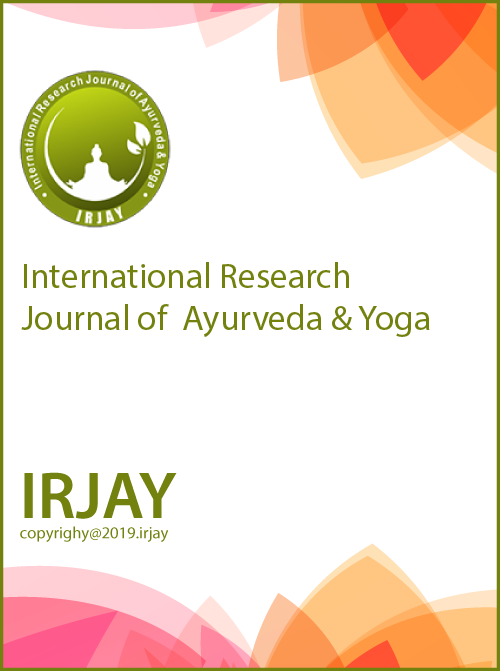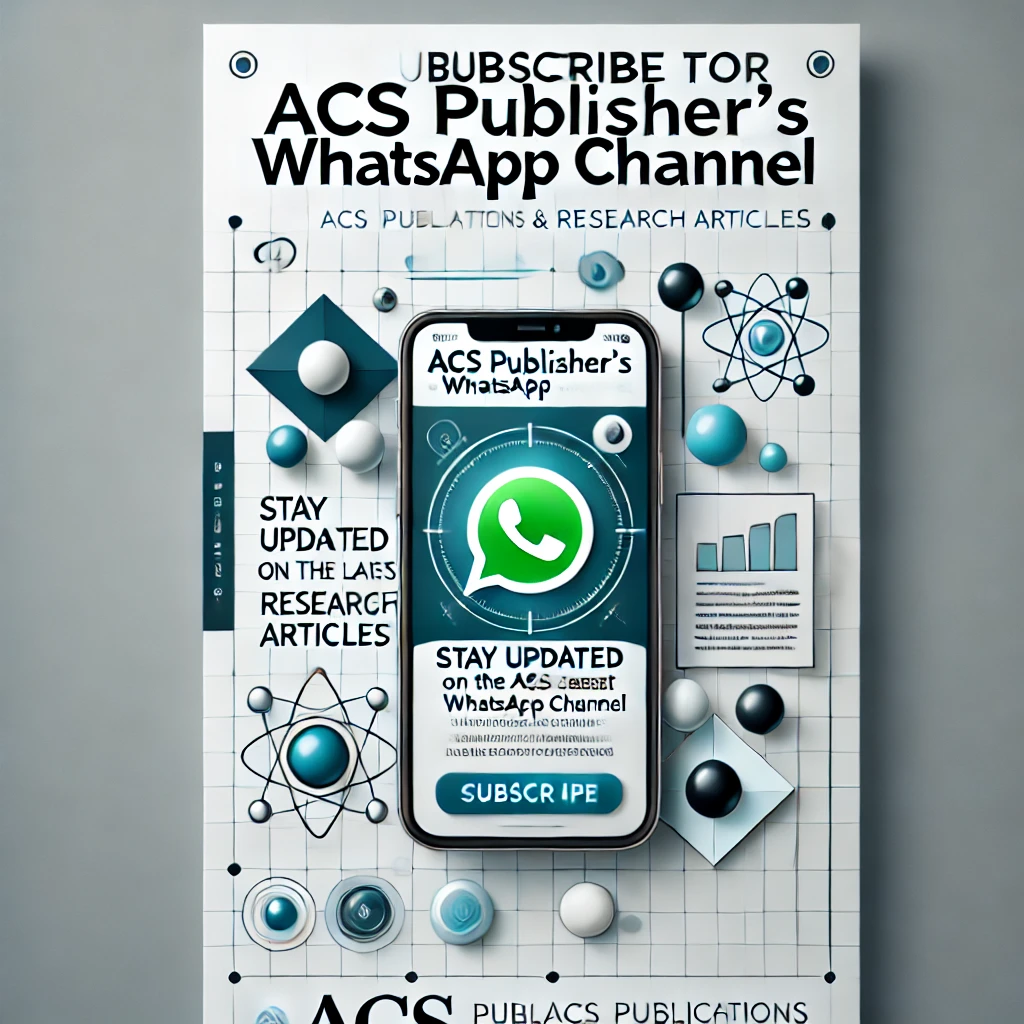An integrated approach in the management of Stress in children - A critical review
DOI:
https://doi.org/10.48165/IRJAY.2024.71207Keywords:
Stress in children, Ayurveda, Medhya Rasayana, Mind, YogaAbstract
Ayurveda, the ancient science of life, views stress as an imbalance in the body’s natural energy systems or doshas. The reason our children experience stress is that globalization exposes them to various new demands, standards, and options all over the world. Everyone feels sad, excited, or angry, but when kids feel too good or too mad, they may be dealing with stress and anxiety due to the burden of study, relationships with friends, comparisons with colleagues, and many more. The dominant presence of multimedia devices and the time spent on them by children are clear indicators of the shift in lifestyles and priorities of our new generation. Also, children don’t exhibit symptoms of stress as adults do, and the disease remains one of the most underdiagnosed mental health problems. Although modern therapeutics have modalities for the management of this, approximately 30%–40% of patients have a partial response to the available interventions. Therefore, there is a wide scope of research to find a safe remedy or non-pharmacological approach. Ayurveda provides a multimodality approach in the form of Yoga, Panchkarma procedures, Medhya Rasayanas, and Sadvrittapalana through natural techniques that enhance mental ability.
Downloads
References
Acharya YT. Charaka Samhita with Ayurveda Dipika commentary. Sutra Sthan 1, Shlok no. 42. 2nd ed. Varanasi: Chaukhambha Krishnadas Academy; 2005. p. 14.
Freeman EJ, Colpe LJ, Strine TW, et al. Public health surveillance for mental health. Prev Chronic Dis. 2010;7(1):17. 3. Shapiro LE, Sprague RK. The Relaxation and Stress Reduction Workbook for Kids. IJRS. 2013;6(89):24-30.
Acharya YT. Charaka Samhita with Ayurveda Dipika commentary. Sutra Sthan 1, Shlok no. 44. 2nd ed. Varanasi: Chaukhambha Krishnadas Academy; 2005. p. 15.
Acharya YT. Charaka Samhita with Ayurveda Dipika commentary. Sharir Sthan 4, Shlok no. 36. 2nd ed. Varanasi: Chaukhambha Krishnadas Academy; 2005. p. 890.
Acharya YT. Charaka Samhita with Ayurveda Dipika commentary. Sutra Sthan 11, Shlok no. 54. 2nd ed. Varanasi: Chaukhambha Krishnadas Academy; 2005. p. 249.
Acharya YT. Charaka Samhita with Ayurveda Dipika commentary. Sutra Sthan 13, Shlok no. 30-31. 2nd ed. Varanasi: Chaukhambha Krishnadas Academy; 2005. p. 271.
Acharya YT. Charaka Samhita with Ayurveda Dipika commentary. Sutra Sthan 11, Shlok no. 54. 2nd ed. Varanasi: Chaukhambha Krishnadas Academy; 2005. p. 248.
Balkrishna A. Syllabus for Yoga. Concept of Yoga Education in India. Haridwar: Divya Prakashan; 2010. p. 89.
Telles S. The effect of yoga on mental health of children. In: Nayer U, editor. Child and Adolescent Mental Health. New Delhi: 2023. p. 68-70.Rapee RM, Kennedy S, Ingram M, Edwards S, Sweeney L. Prevention and early intervention anxiety disorders in inhibited preschool children. WJMS. 2005;9(4):128-35.
11. Rapee RM, Kennedy S, Ingram M, Edwards S, Sweeney L. Prevention and early intervention of anxiety disorders in inhibited preschool children. WJMS. 2005;9(4):128-35.

